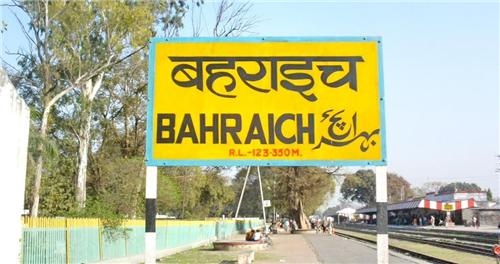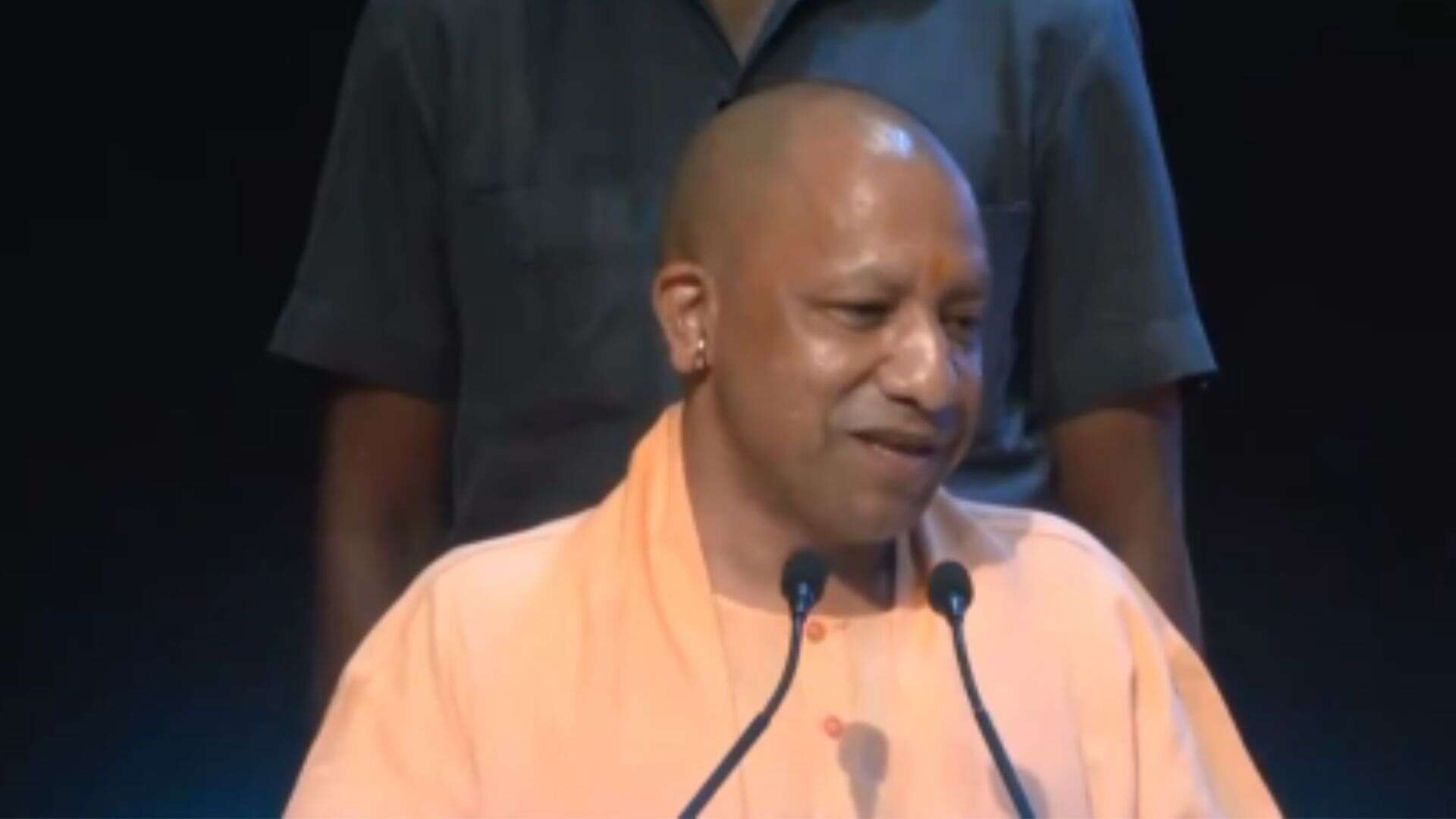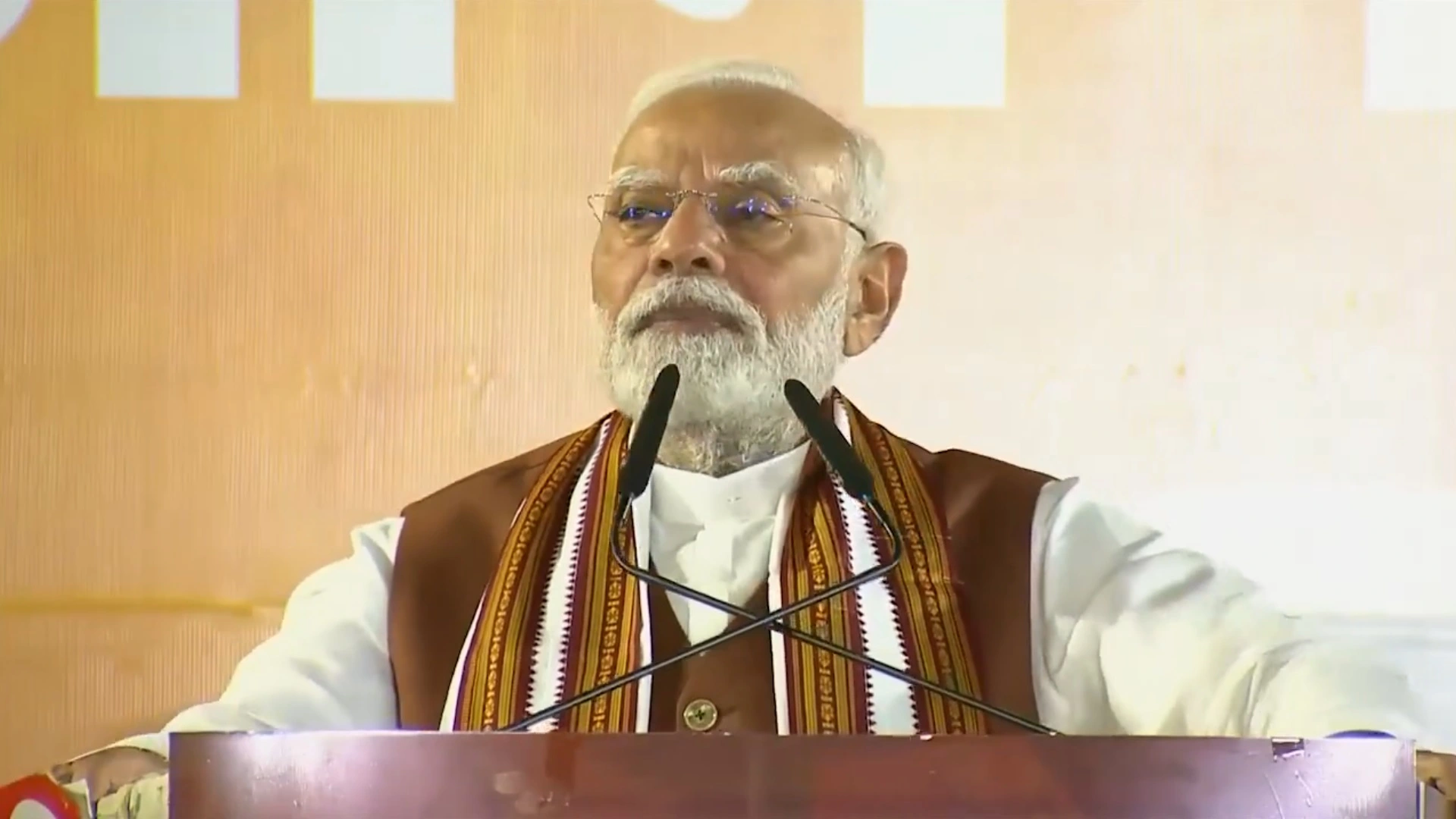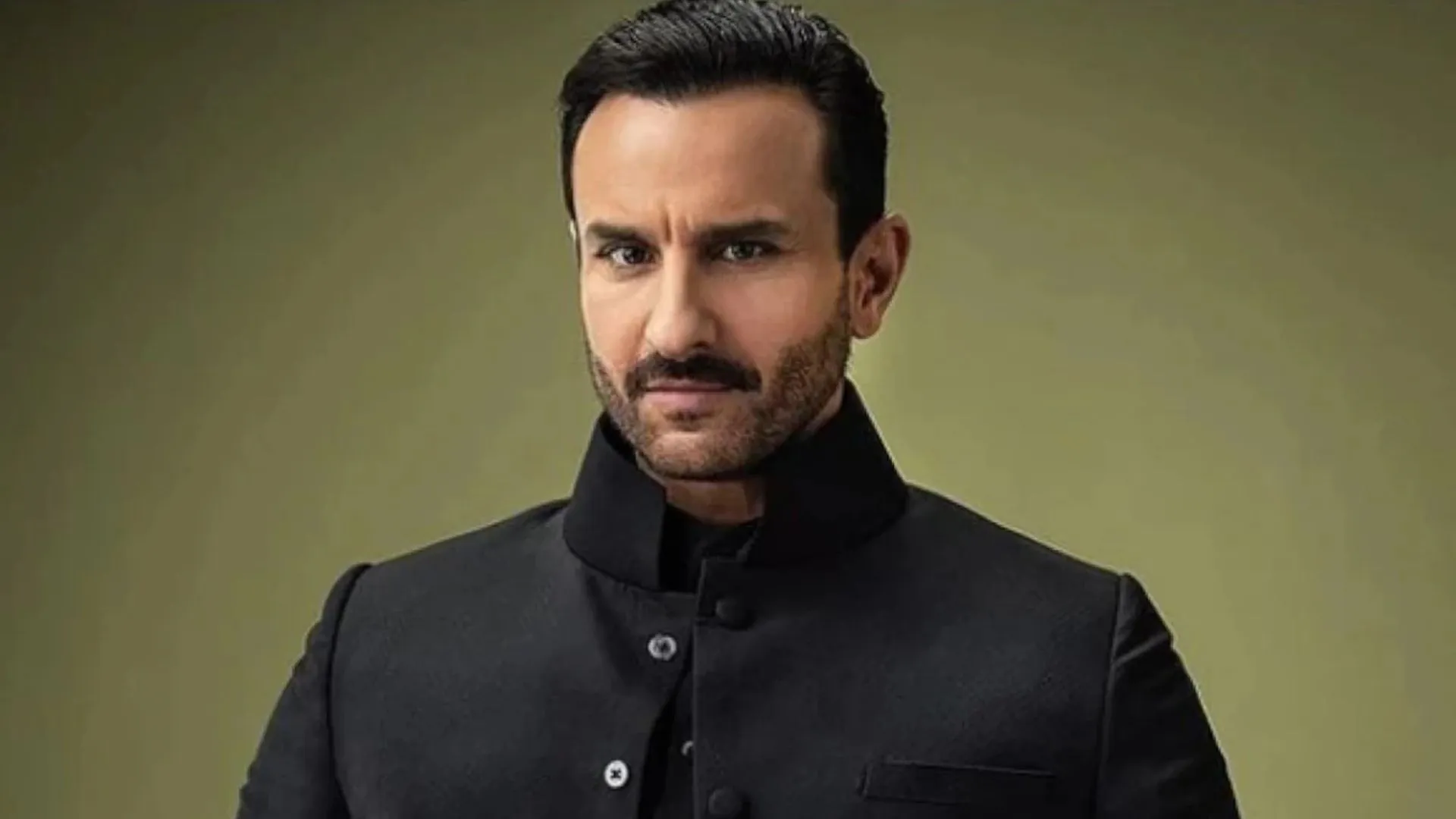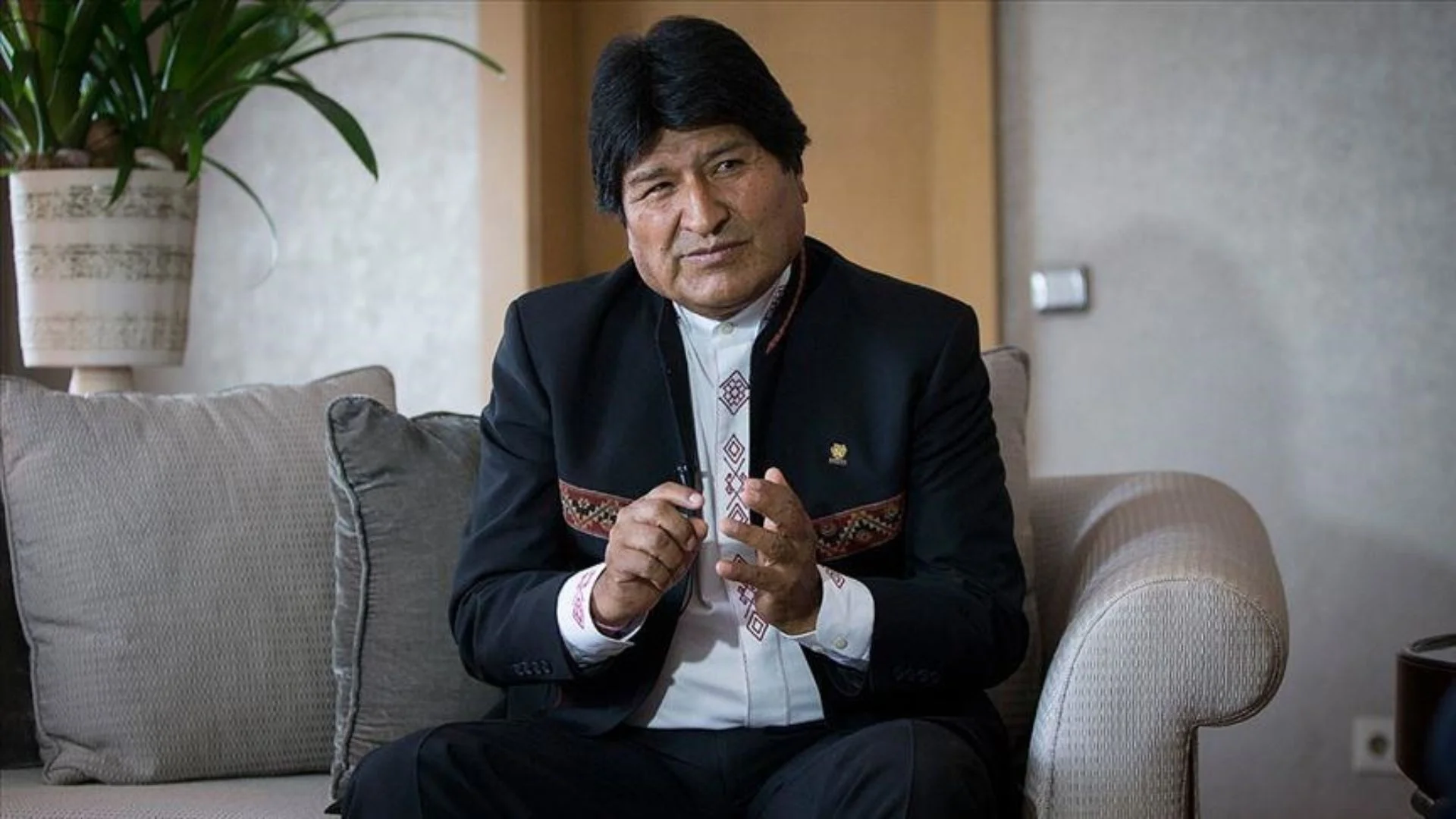In Bahraich, the legendary figures of Ghazi Miyan and Suhel Deo represent contrasting narratives, with Hindus seeking blessings at Ghazi Miyan’s shrine, seemingly undeterred by his mythological associations. The name “Bahraich” itself hints at its historical roots, reflecting conquests over its fertile lands and the spread of various non-Brahmanical cults, particularly that of Ghazi Miyan, a significant figure for nearly a millennium.
The shrine of Ghazi Miyan stands over the spot where he is believed to have died from an arrow wound. Historian HR Nevill, in a 1901 Gazetteer, suggested that the name “Bahraich” may derive from “Brahmaich,” indicating a gathering place of Brahma, or from the Bhars, an indigenous tribe of Uttar Pradesh. Another origin story connects the name to a non-Brahmanical cult that worshipped the sun and constructed a tank for sun rituals in the area. This is documented in “Mirat-i-Masudi,” a 17th-century account of Ghazi Miyan, also known as Syed Salar Masud, who is venerated by both Hindus and Muslims in eastern Uttar Pradesh.
Bahraich has long been a pilgrimage site, hosting a major fair that attracts around 100,000 attendees annually, many of whom are Hindus. Offerings made at Ghazi Miyan’s shrine include a “marriage offering” known as Palang Perhi, presented by pilgrims from various regions. The shrine, now financially robust, supports local educational and healthcare initiatives.
Interestingly, many Hindus who visit Ghazi Miyan’s grave appear unconcerned about the myth that links him to Mahmud of Ghazni, a figure often reviled in Hindu narratives. The tale of Ghazi Miyan includes his eventual defeat by Suhel Deo, a legendary king. Nevill’s writings note that Suhel Deo was likely a Bhar and that he played a crucial role in the defeat of Ghazi Miyan’s forces.
With the rise of Hindu majoritarianism in recent decades, a struggle over these narratives has intensified. In 2002, the Suheldev Bharatiya Samaj Party emerged in Uttar Pradesh to rally support from the Rajbhar community, which sought Scheduled Caste status. This initiative faced opposition from other groups, including Rajputs, who claim Suhel Dev as an ancestor, and the Pasis, a Dalit community.
The Rashtriya Swayamsevak Sangh (RSS) has also worked to frame Suhel Dev as a heroic Hindu figure who resisted Ghazi Miyan, the Muslim invader. Author Amish Tripathi has described Suhel Dev as a pivotal hero in Indian history for his victory over the Turkic forces.
These reinterpretations are not new; since the early 20th century, Ghazi Miyan’s cult has faced scrutiny from Hindu nationalist narratives. Historical accounts suggest that the story of Ghazi Miyan’s death is often emphasized over the fate of Suhel Deo after his victory, creating a one-sided narrative that aligns with contemporary Hindu nationalism.
Records from the 14th century onward show how the cult of Ghazi Miyan has flourished, attracting pilgrims from diverse backgrounds. Censuses during British rule indicated a multi-religious following, with millions of Hindus identifying as worshippers of Ghazi Miyan and his companions.
However, the cult’s influence has waned since independence, as social dynamics shifted, leading to restrictions on public displays associated with Ghazi Miyan. Despite this decline, some communities maintain their connection to his legacy.
Today’s India faces a growing divide, with rising communal tensions reminiscent of the past. The enduring legacy of Ghazi Miyan as a multi-religious warrior-saint offers both a reminder of historical conflicts and a potential pathway toward coexistence in an increasingly fragmented society.

